Despite the chilly weather and freeze warnings here in Wisconsin, springtime vegetables are on their way. One of them packs an unmistakable peppery crunch. Let’s talk about what to do with radishes!
Season:
In Wisconsin, these crunchy little orbs are harvested in May and June, and then again in the fall, depending on region, weather, and variety. Radishes come in a huge variety of shapes, sizes, and colors. You may be most familiar with common red round radishes (similar varieties also come in white, pink, and purple), but if those are a bit pungent to you, seek out the late-spring French breakfast variety, which tend to have the most crunch with the mildest flavor.
Health Benefits:
Give your immune system a boost! Radishes are a great source of fiber, vitamin C, folate, zinc, and potassium. They’re also a good source of riboflavin, vitamin B6, calcium and other essential minerals.
How to Select:
If you can, buy radishes with their greens attached—fresh, crisp greens are an indication of healthy, crisp radishes. Even if you can’t find radishes with the greens attached, make sure the radishes are bright, firm, and smooth-skinned. Avoid very large radishes, which can have an unpleasant woody texture.
How to Store:
If the radishes have greens attached, remove and store the greens separately, wrapped in paper towels in a plastic bag. Store them in a loosely closed plastic bag for up to a week. If your radishes become limp, don’t toss them! Soak them in a bowl of ice water for ten minutes to refresh them.
How to Prepare:
These little veggies are versatile, and the entire plant is edible. They can be eaten raw, cooked (roasted, steamed, sautéed), or pickled. Oven-roasted radishes gain a surprisingly mellow, almost sweet, flavor and a creamy texture. Never cooked with radishes before? Try the simple recipe below.
Recipe: Roasted Radishes with Bacon
From Welcome to the Table
Total Time: 45 minutes; 10 minutes active
Servings: 4-6
Ingredients
- 1 pound (about 3 cups) radishes
- 4 slices uncooked bacon
- 2 tablespoons minced garlic
- 2 tablespoons minced fresh sage
- Pinch each of salt and black pepper
Preparation
Preheat the oven to 375°F. Oil a rimmed sheet pan.
Cut the radishes in half after removing leaves and dice the bacon. Mix all ingredients in a large bowl and lay out on the sheet pan. Bake for 30 to 35 minutes, stirring occasionally, until the bacon is well-cooked and the radishes are tender. Drain off some of the bacon grease before serving warm on a bed of fresh greens.
Serving Suggestion
This earthy dish works best alongside simple roasted or grilled meats and poultry. Omit the bacon and add a splash of balsamic vinegar for a perky, vegetarian option that pairs well with mac and cheese.
Nutritional Information
106 calories, 9 g. fat, 13 mg. cholesterol, 227 mg. sodium, 4 g. carbohydrate, 2 g. fiber, 3 g. protein
Recommended reading:
If you’re feeling adventurous (or are hunting for more salad-forward options), check out Alice Water’s book Chez Panisse Vegetables, which has a simple and unique recipe for Radish, Fennel, and Dandelion Salad. The book is available at the Hudson Area Public Library.
What about you?
What is your favorite way to eat radishes? Are you a fan of the ones that pack a peppery punch, or are varieties like the milder French Breakfast more your style? Join in the conversation and share your own recipes and tips over on our Facebook page!
Want to see more local, fresh produce in your fridge? Consider becoming an owner of the Hudson Grocery Cooperative—which will be a locally-owned, full-service grocery store that offers diverse food and product choices including organic, sustainable and regionally sourced options for our community.
Image and recipe credit: Welcome to the Table

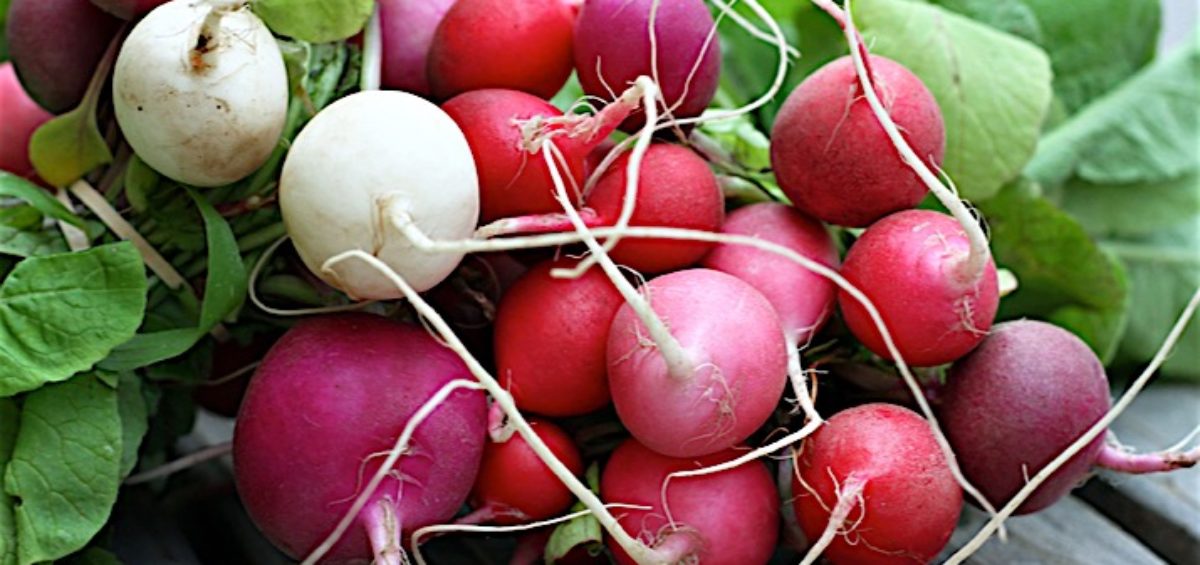
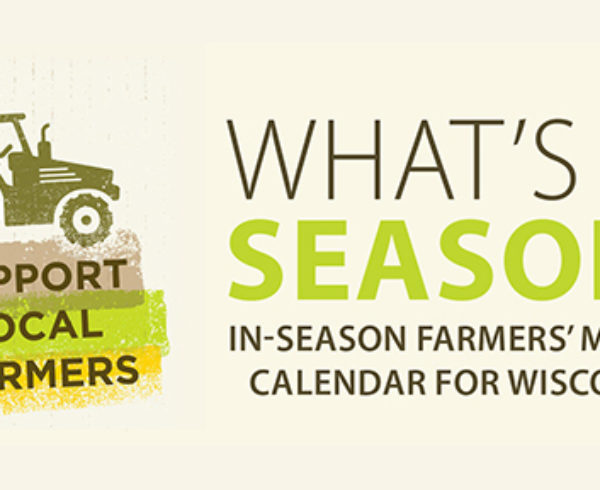
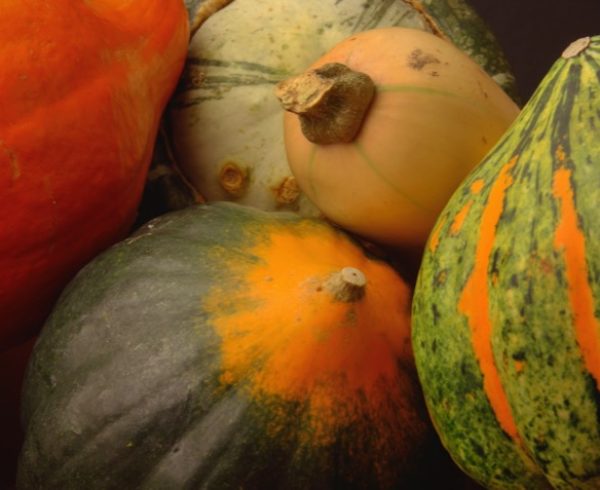
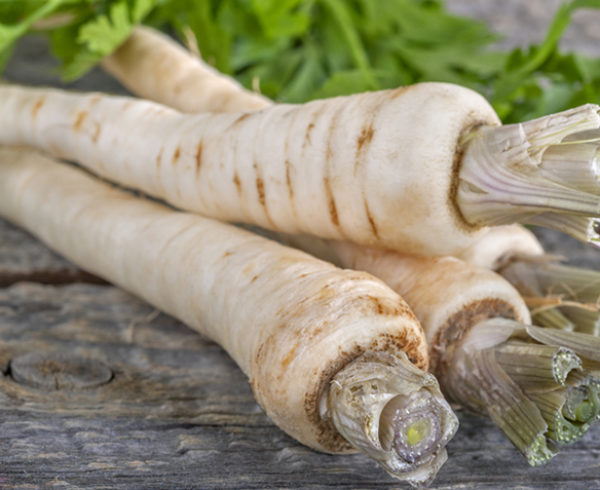
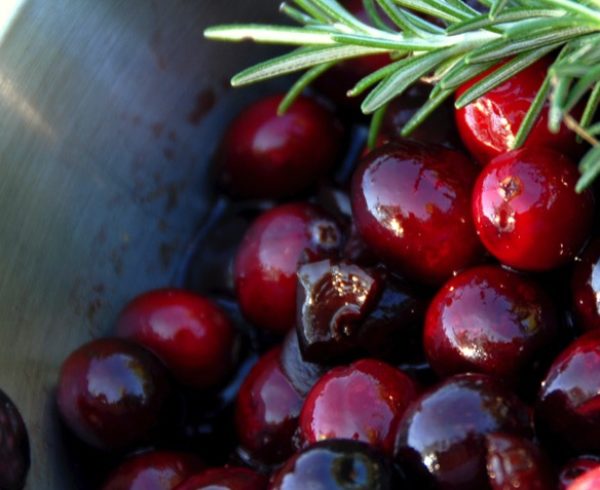


Leave a Comment